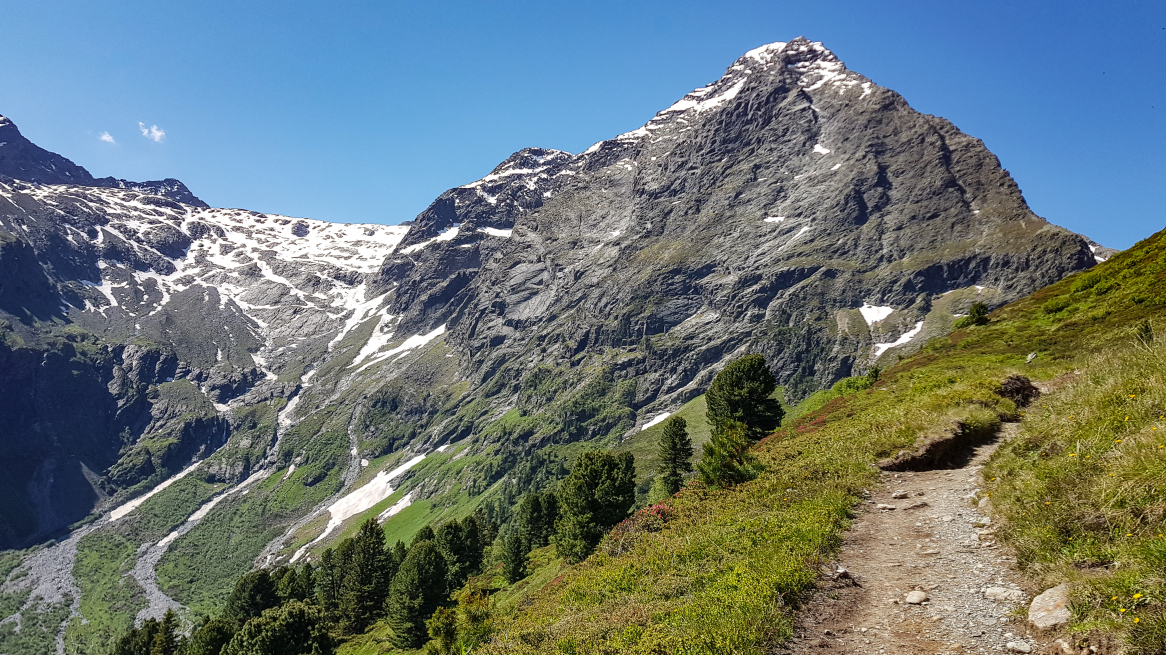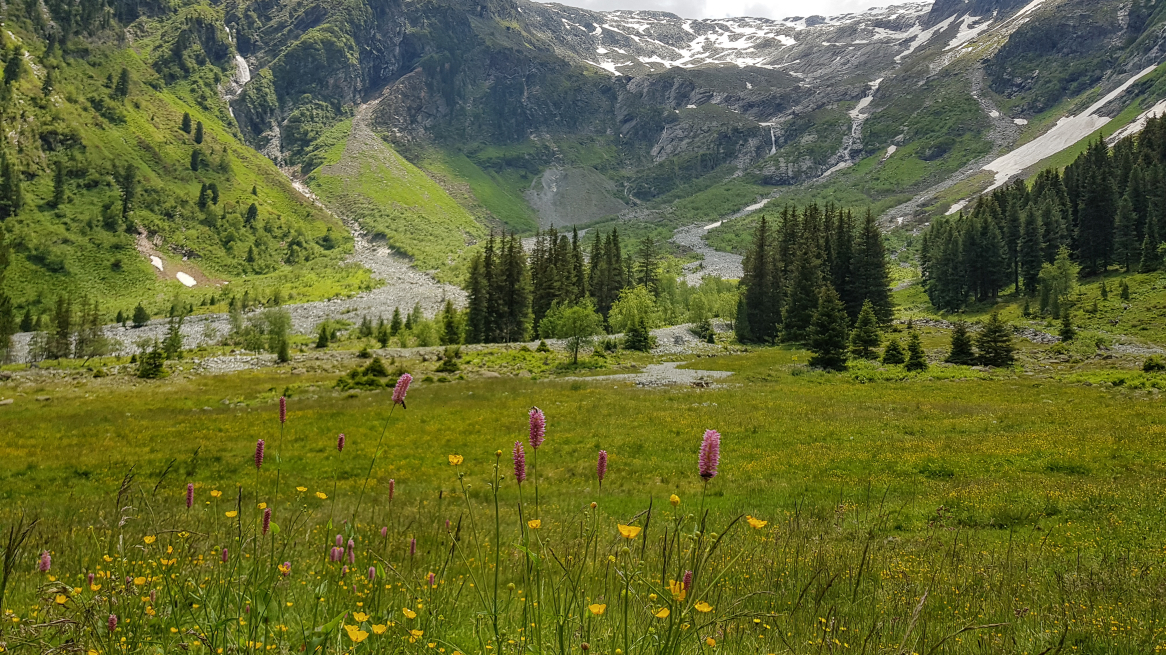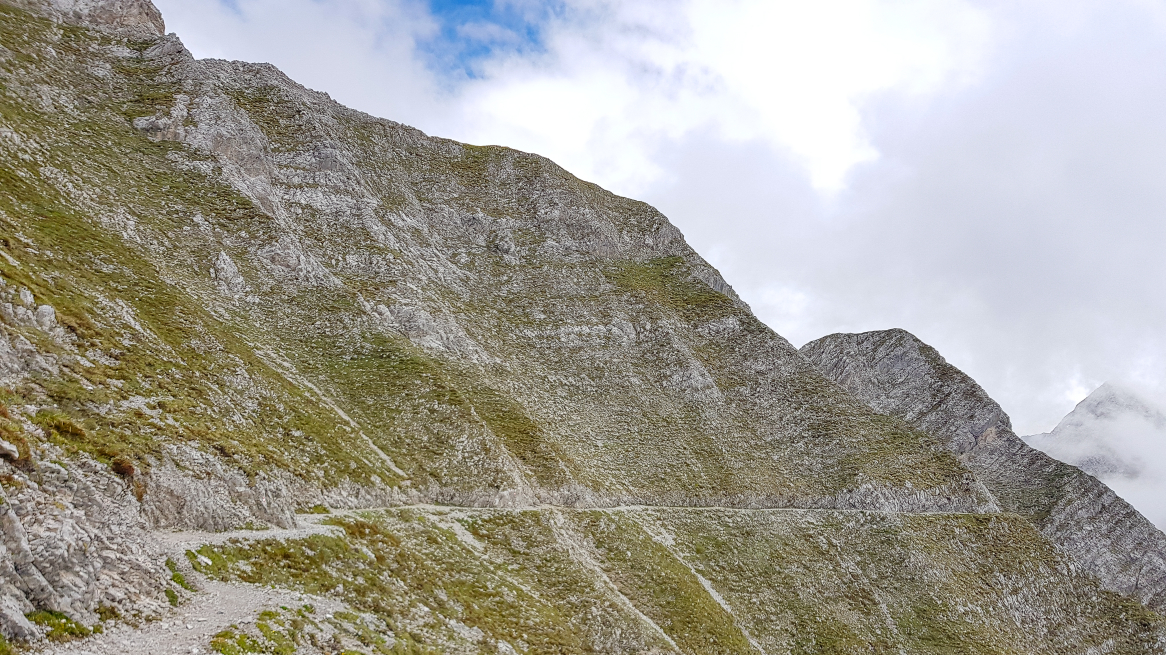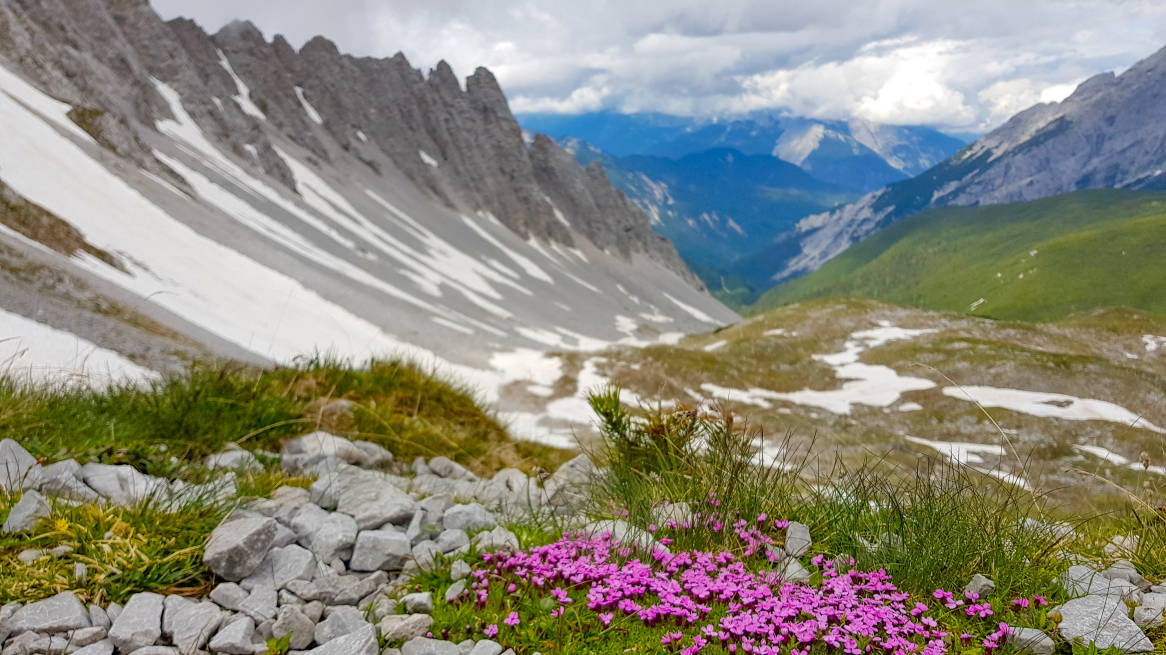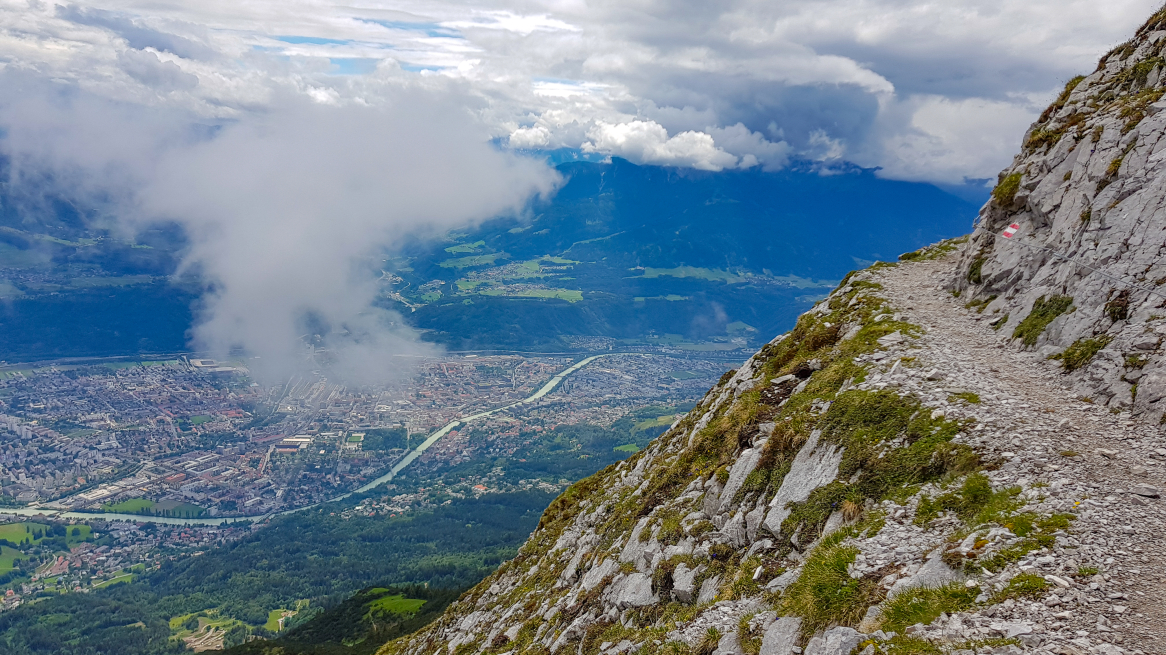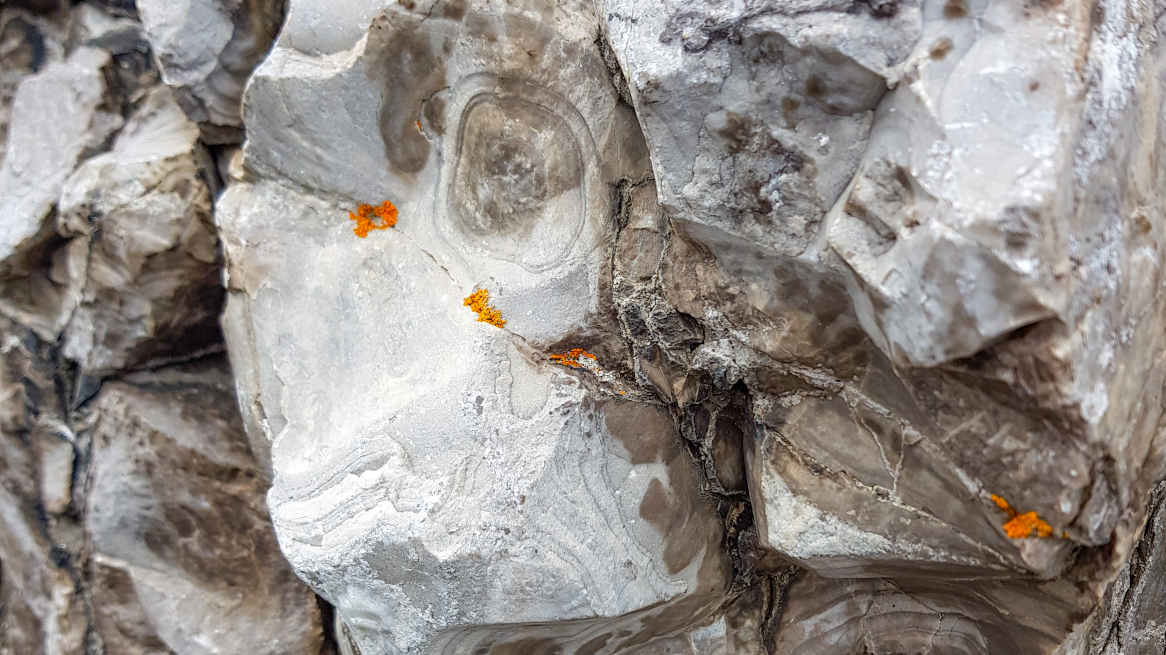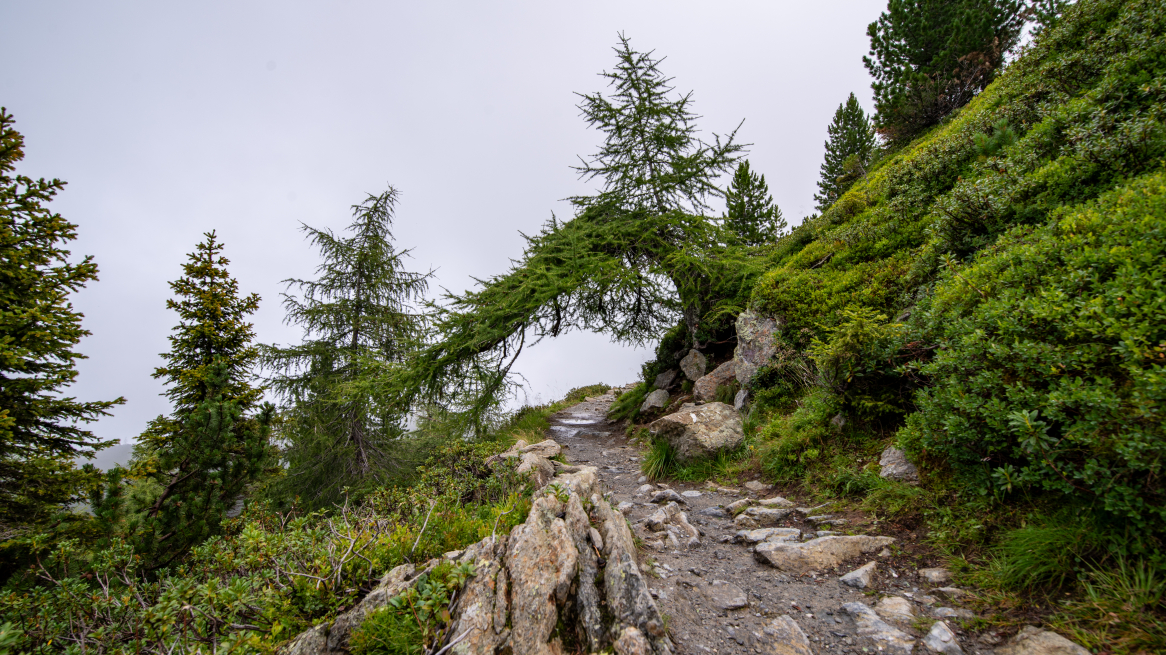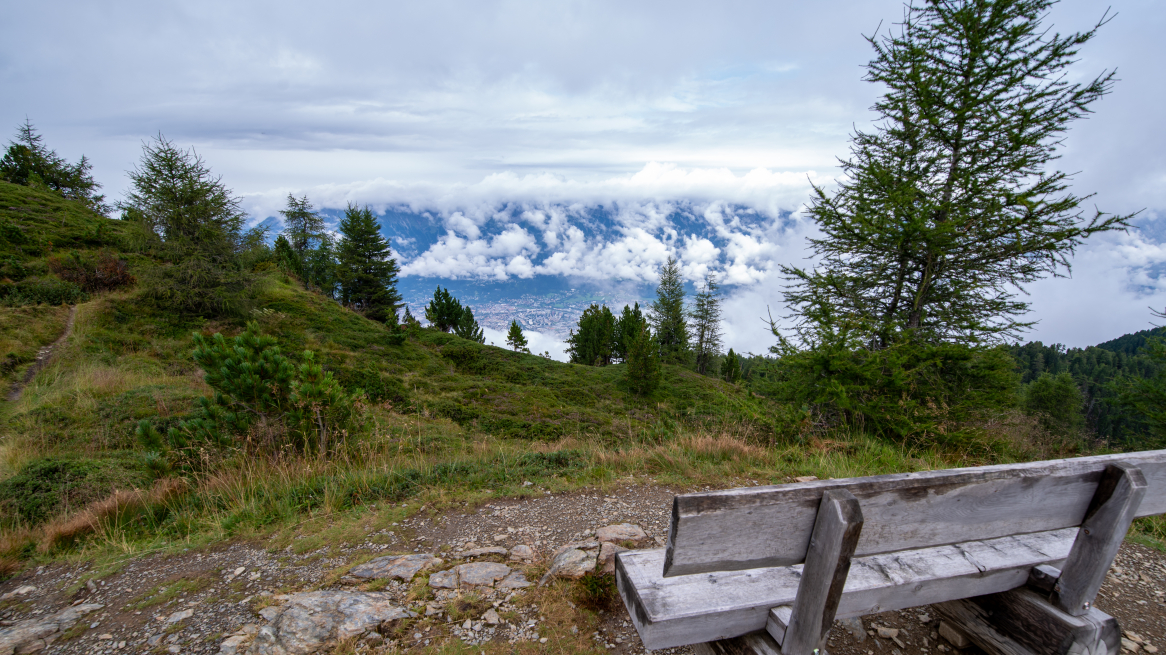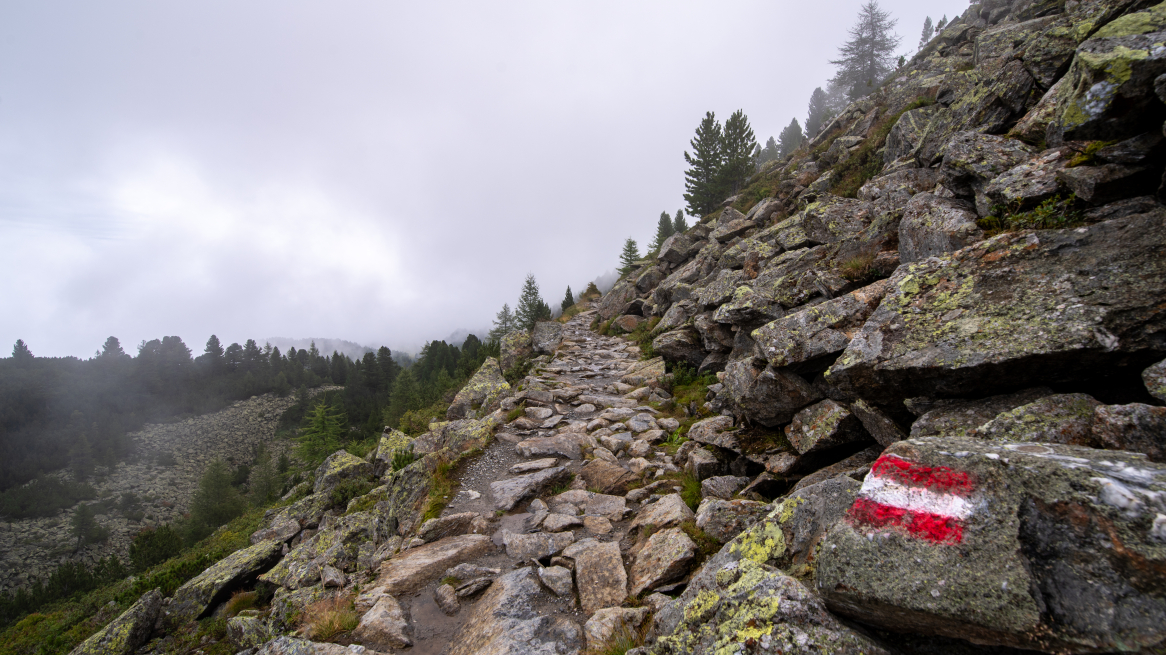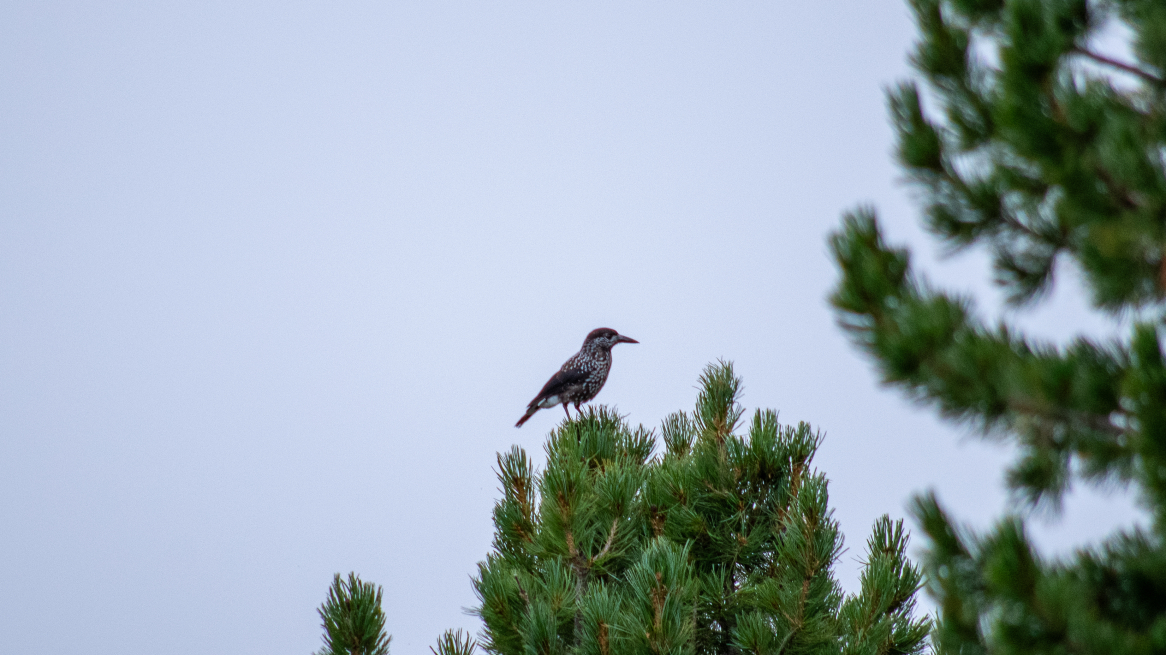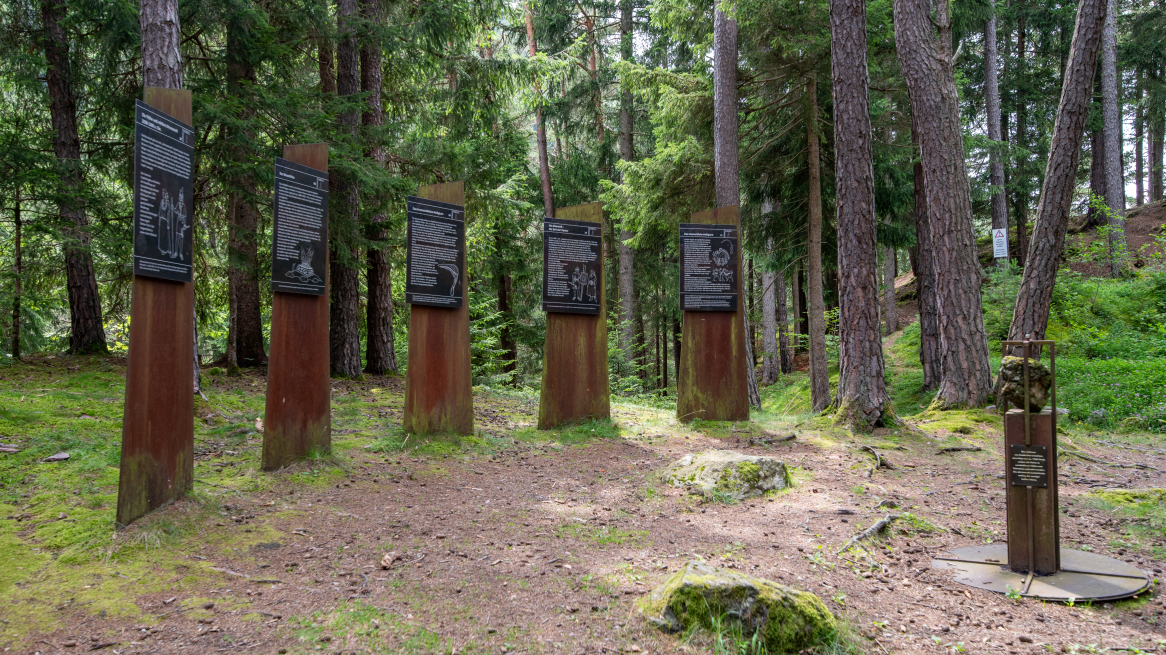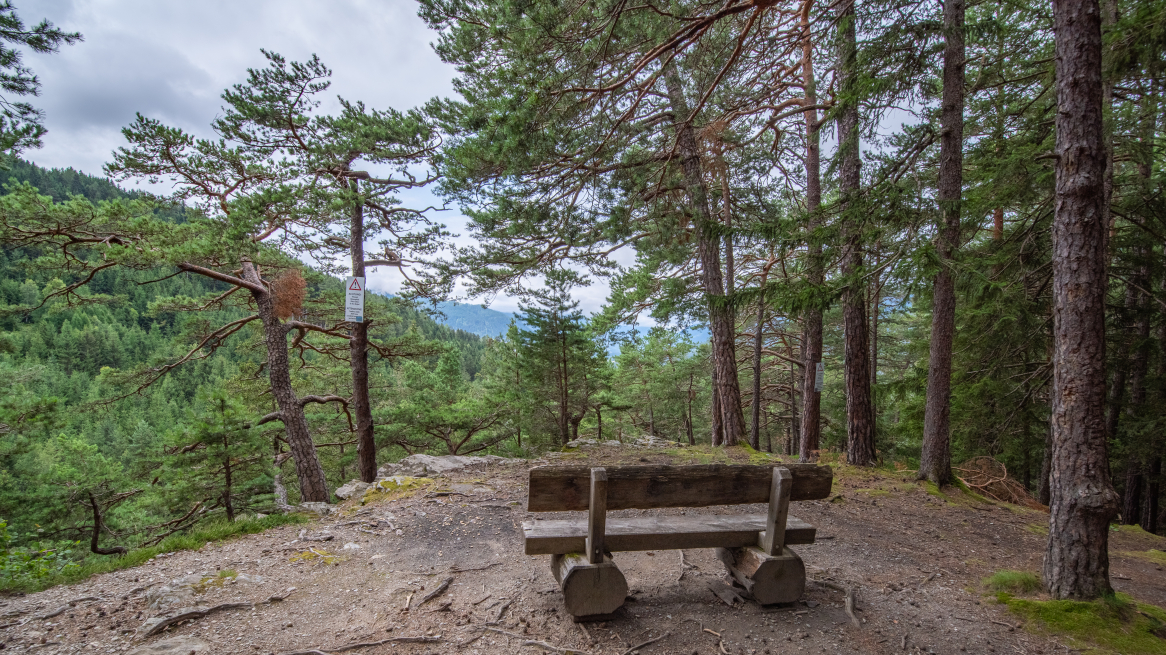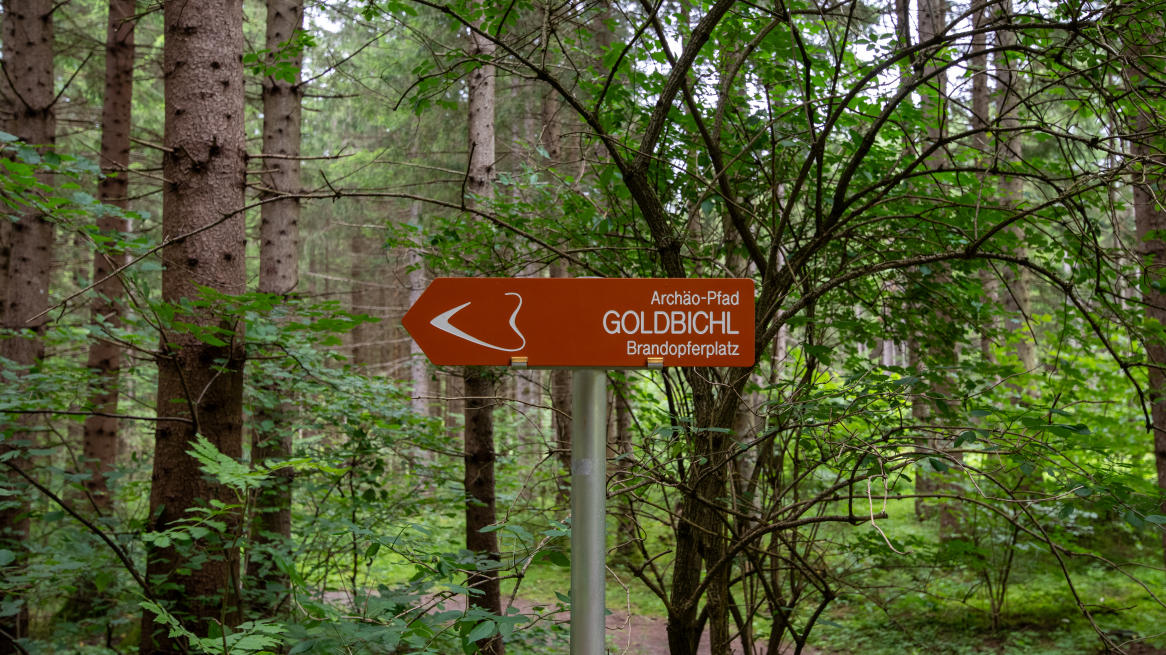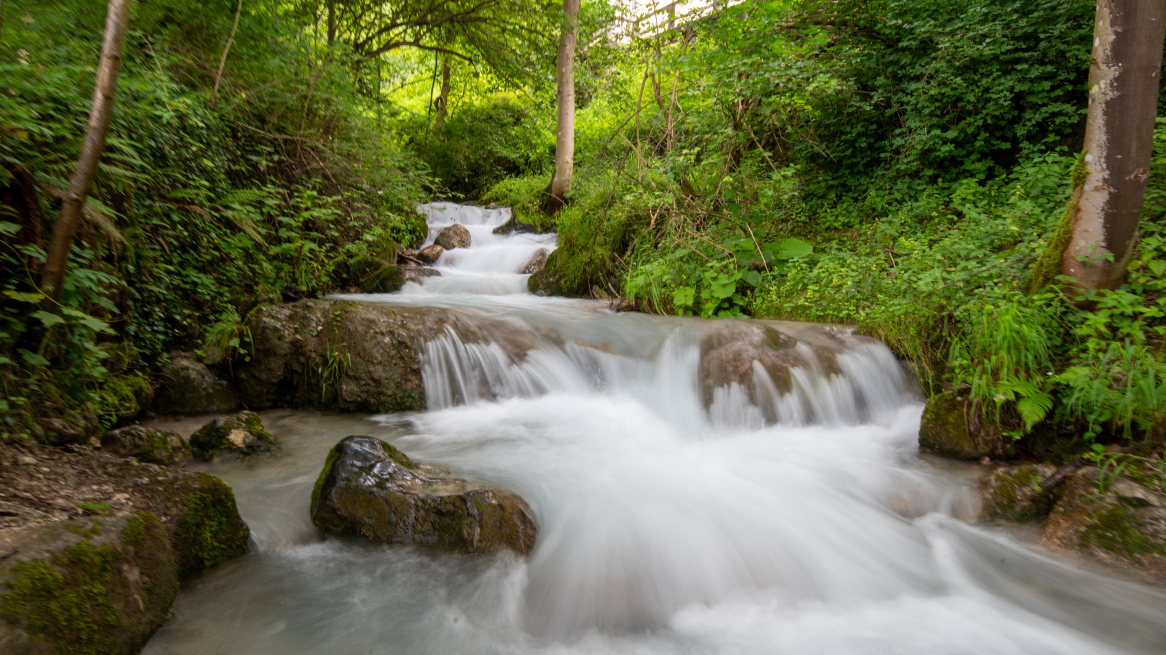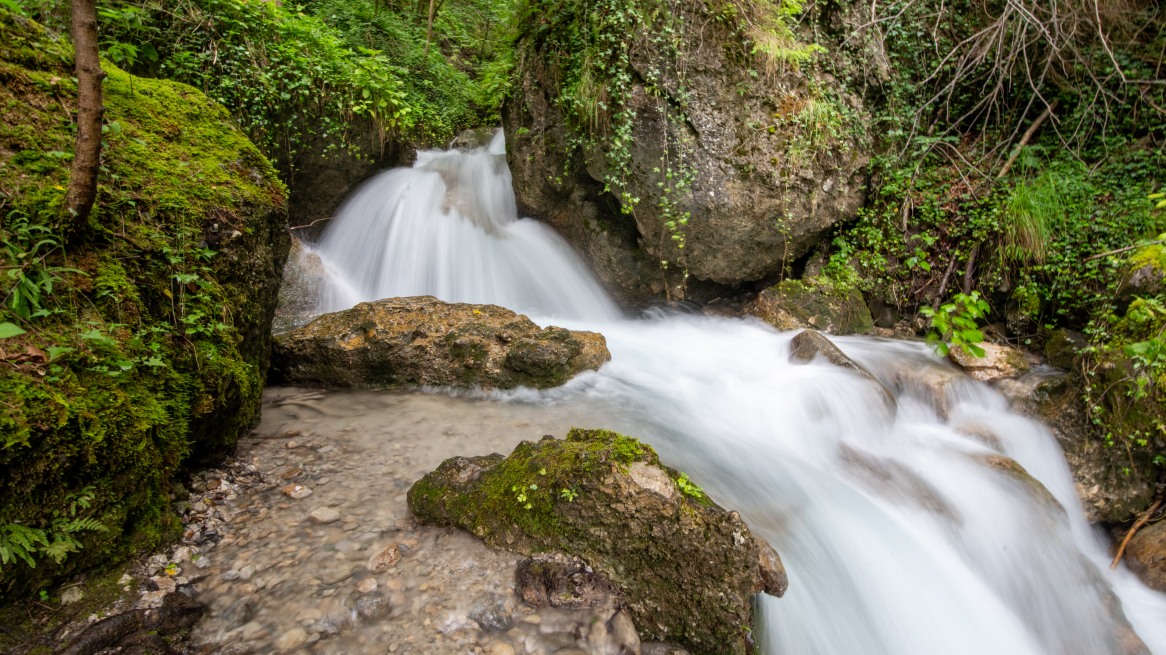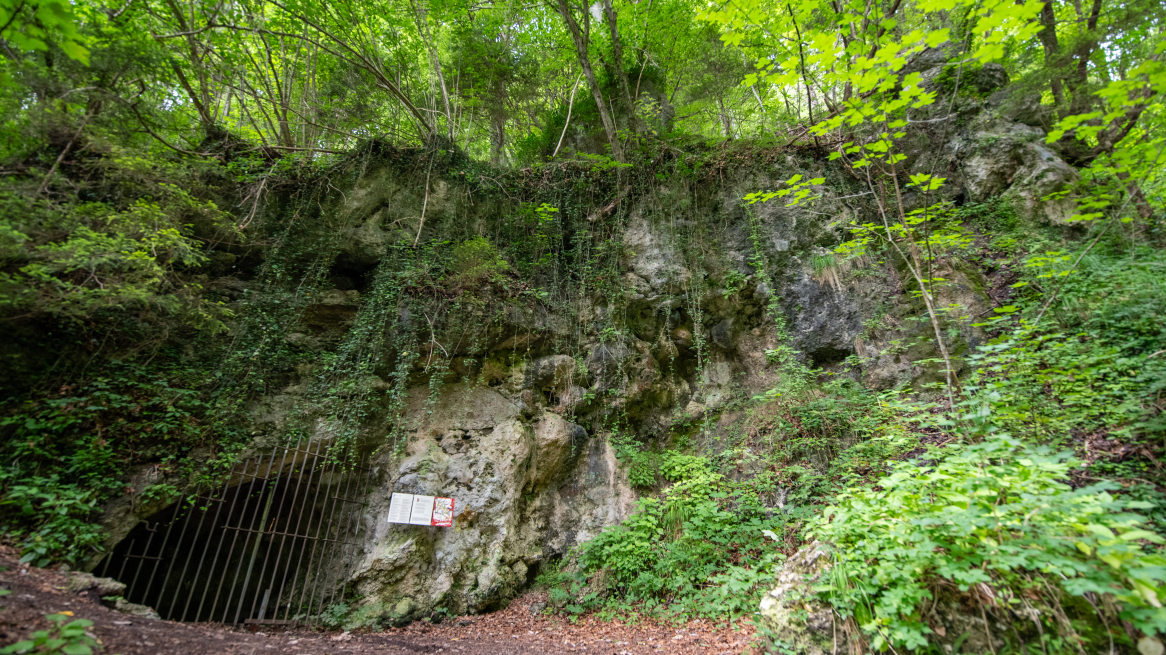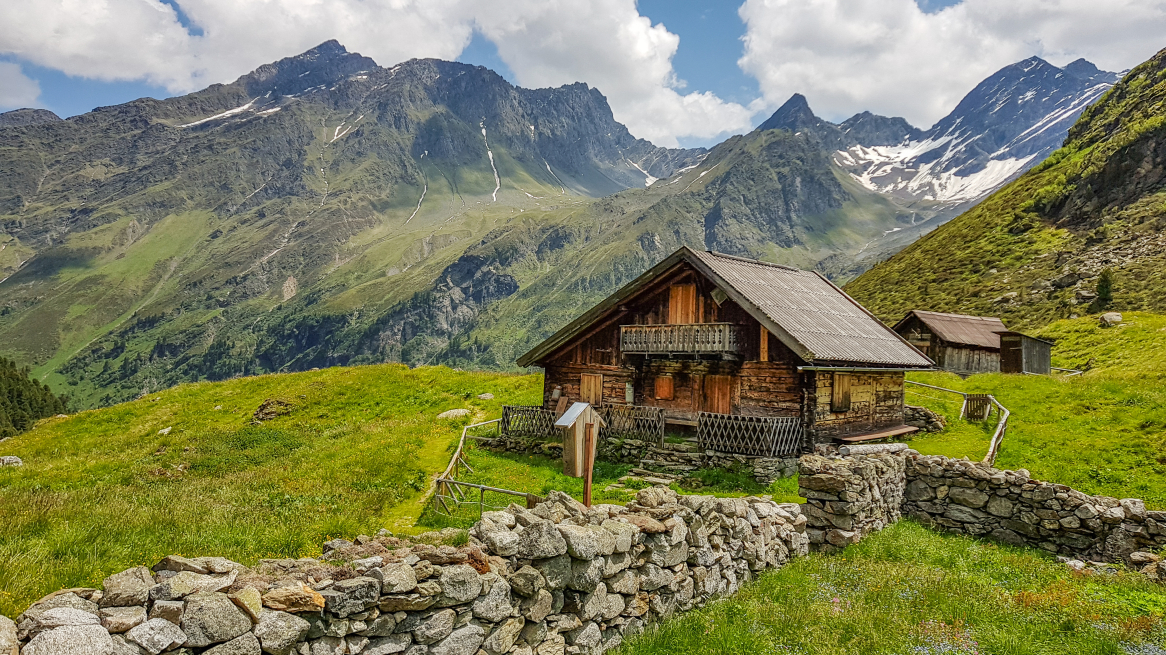
Places where you can recharge your batteries, exceptionally beautiful hiking trails, unique views and special natural landscapes: In this article, I would like to introduce you to some of my tips for recharging your batteries.
The Lüsenstal Valley
The side valley of the Sellrain, which is characterized by glaciers, has something for everyone looking for peace and quiet in an impressive mountain setting. For those who prefer a more sporty approach, a hut tour to the Westfalenhaus is the best option. Starting from the parking lot at Alpengasthof Lüsens, the trail leads partly along a forest path, but soon continues along a narrow path into the Lüsenstal valley. Before the path turns right into Längental, you have a wonderful view of the glacier tongue of the Lüsenser Ferner. The trail then continues along the steep slopes of the Längental valley to the Westfalenhaus.
On the way back, after crossing a stream, you pass an idyllic alpine hut, which in my opinion has postcard character. Then it's down into the Lüsenstal valley and back to the parking lot via a road.
If you want to take it a little easier and learn something about glaciers at the same time, the glacier nature trail is the right place for you. The wide path stretches along the 19 information boards right into the head of the valley. Information is provided, for example, about the waxing and waning of glaciers or the flora and fauna in the glacier foreland.
On the Goetheweg
Alpine-urban, there is no better way to describe this trail. Starting from the mountain station of the Hafelekarbahn cable car, the trail changes sides again and again between the rugged limestone and thus also the view from the eternal expanses of the Karwendel Nature Park to the Inn Valley and down to the Alpine capital of Innsbruck. For those who make it to the end of the Goetheweg, a well-deserved refreshment awaits at the Pfeishütte.
If you want to go home not only with great impressions, but also a little smarter, you should definitely visit the Geotrail visit. Five information boards take you back to the past, when Karwendel was still the seabed. Former lagoons, coral reefs, countless shells, glaciers and time have made this mountain massif what it is today.
On the Zirbenweg
On the other side of Innsbruck rises the local mountain chosen by the locals themselves. Because of its round appearance, local children still like to be told the myth that the Patscherkofel was once a volcano. As a child, they loved to imagine what it must have looked like when it was active. In reality, of course, it was not a volcano, but the true story of its origins is no less exciting. Like many other peaks, the Patscherkofel was under the glacier during the last ice age. The continuous movement of the ice masses and the debris underneath polished the Patscherkofel's head. Today, our local mountain not only serves as the location of an important transmission tower, but also as the starting point for the Zirbenweg trail.
Situated in the middle of one of the largest Swiss stone pine forests in Europe, the Zirbenweg is certainly one of the most beautiful panoramic trails in Tyrol. Flanked by alpine roses, the trail stretches from Patscherkofel to Glungezer and offers beautiful views of Innsbruck time and again.
Some of the stone pines that we see along the way certainly have a lot to tell, as an age of 250 years is not uncommon. One, however, stands out, at least in terms of age: somewhere in Ampasser Kessel there is a small tree with more than 750 years on its branches, making it the oldest tree in Tyrol.
The fascinating Swiss stone pine
But the stone pine can also be fascinating in other ways, for example a special bird, the nutcracker, contributes to its spread. With a good seed harvest, a single bird can deposit up to 100,000 Swiss stone pine seeds in around 6,000 hiding places as a winter supply. New Swiss stone pines can then grow from those that are no longer found. If you would like to find out more interesting facts about the stone pine, you will find information boards along the trail.
If you are not on the Swiss stone pine trail or still have some time after the hike, you should definitely visit the Patscherkofel Alpine Garden. Situated at 2,000 meters, it is the highest botanical garden in Austria and provides information about the botanical diversity of our alpine world on a beautifully laid out circular trail.
The Goldbichl
It was already of great importance around 4,000 years ago. It was used by the settlers of the time as a place for burnt offerings and worship as well as for cremations. And even today, this place still exudes something special.
Anyone who has ever looked from Goldbichl wipptal, you will understand why this place was chosen as a place of worship.
For those interested in archaeology, the Archaeo-Path has been leading up the hill to the highest point since 2006. Numerous information boards were created for this trail by the association Goldbichl.
Through the Mühlau Gorge
A little insider tip close to the town, the Mühlauer Klamm is a popular destination on hot summer days. The feeling of entering the gorge is comparable to opening a freezer at 30 degrees.
But it's not just a place to cool off. The constant sound of the water is almost meditative, and the beauty of the small waterfalls adds to this. During a short break on the Teufelskanzel, I myself was lulled to sleep by the rushing stream.
In addition to its beauty, some of the legends that originated here make the Mühlauer Klamm such a special place. For example, the Wurmbach stream that rushes through the gorge owes its name to a man defeated on the Teufelskanzel (Devil's Pulpit) Tatzelwurm
. But witches and the devil himself are also said to have wreaked havoc here.
Similar articles
We all love summer, the sun and, yes, the heat. But sometimes it's just too much of…
Yoga on the mountain, in the open air, with an almost kitschy view - I don't…
In summer, the ideal time to go in search of cool water is before the sun has…
Heroes don't just fall from the sky, real heroism is really hard work. This is what happened…

